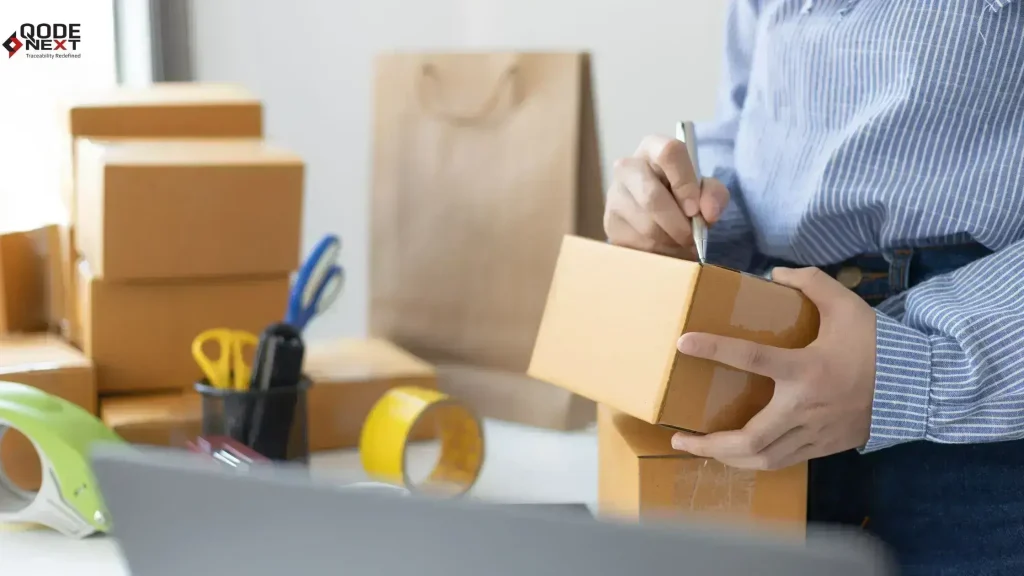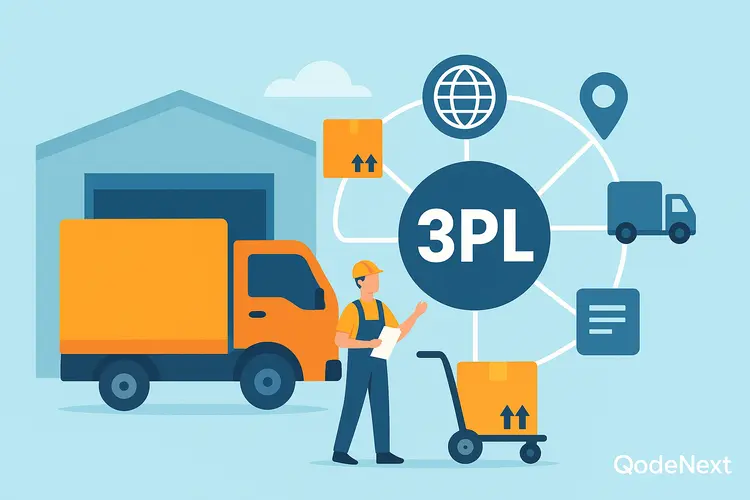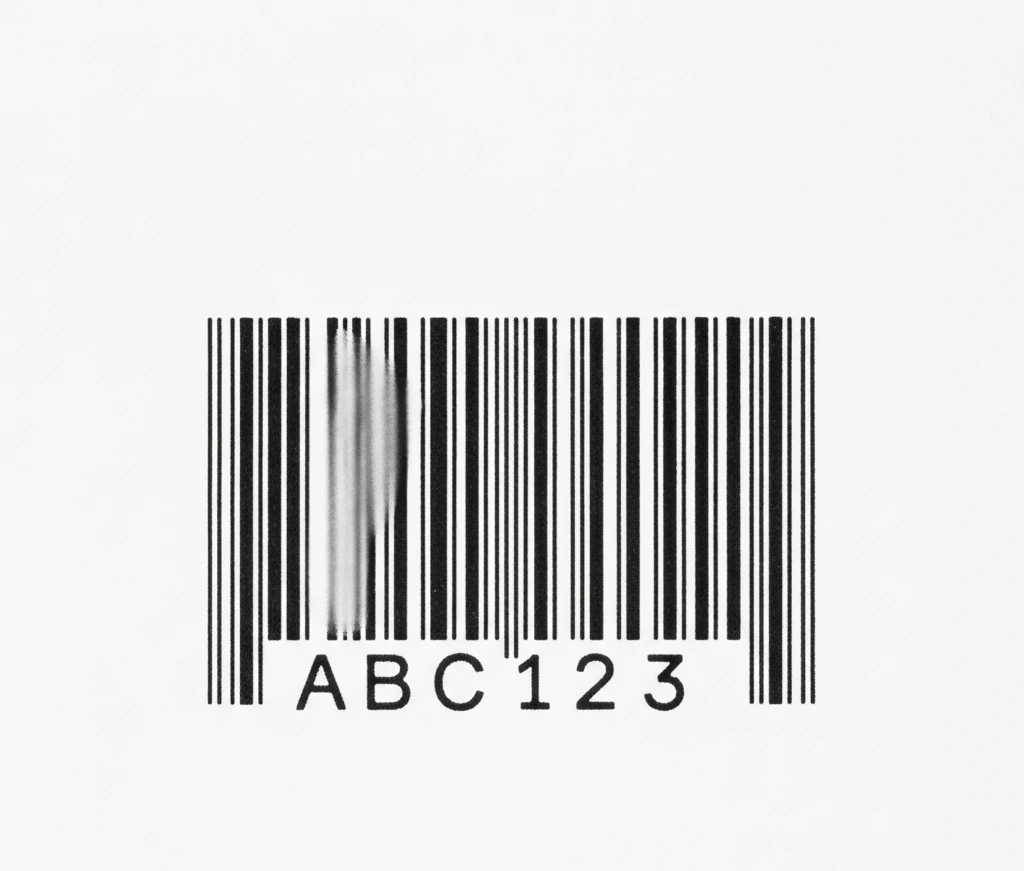In today’s highly competitive market, the way a product is presented can make all the difference. While quality and functionality remain essential, consumers often make purchasing decisions based on the visual appeal and practicality of product packaging. A well-designed package not only protects the product but also serves as a powerful marketing tool that enhances brand recognition, communicates value, and influences customer perception.
In this blog, we will explore why goods packaging is crucial, its impact on consumer behavior, and the key elements of an effective packaging design.

The Role of Product Packaging in Branding
Branding is more than just a logo or slogan—it encompasses everything that makes a product stand out in a crowded marketplace. Packaging is an essential component of branding because it serves as the first point of interaction between a consumer and a product.
1. Establishing Brand Identity
A well-designed package reflects the brand’s values, personality, and message. Colors, typography, and imagery play a critical role in shaping how a brand is perceived. For example, luxury brands often use minimalistic and elegant packaging, while eco-friendly brands emphasise sustainable materials and earthy tones.
2. Enhancing Recognition
Consumers are more likely to recognise a product with distinctive packaging. Think of brands like Coca-Cola or Apple—their packaging alone is enough to differentiate them from competitors. Consistency in product packaging design across different product lines strengthens brand recognition and loyalty.
3. Communicating Brand Story
A good product cover design tells a story about the brand’s history, mission, or unique selling proposition. Whether through imagery, taglines, or interactive elements, storytelling through packaging helps forge an emotional connection with consumers.
The Importance of Product Packaging Design on Consumer Behavior
Product packaging directly affects purchasing decisions. Studies suggest that consumers often judge products within a few seconds of seeing them on store shelves. Here’s how packaging influences buying behavior:
1. First Impressions Matter
Research indicates that 72% of consumers base their purchasing decision on packaging design alone. A visually appealing package creates a strong first impression and draws customers toward the product.
2. Emotional Appeal
Color psychology plays a vital role in consumer choices. For example:
- Red evokes urgency and excitement (often used in sales promotions).
- Green symbolises health and sustainability (commonly seen in organic products).
- Black exudes luxury and sophistication (used in high-end brands).
3. Perceived Value
Consumers often associate the quality of product packaging labels with the quality of the product inside. A high-quality package gives the impression of a premium product, even if the ingredients or materials are similar to a lower-priced competitor.
Key Elements of an Effective Product Packaging Design
An effective product packaging design incorporates several crucial elements that ensure both functionality and aesthetics.
1. Protection and Durability
Packaging protects the product from transit damage. Durable packaging materials help prevent leaks, breakage, and contamination, ensuring that the product reaches customers in optimal condition.
2. Clarity and Simplicity
Consumers should be able to understand the product’s purpose at a glance. Overly complicated packaging with excessive text or graphics can confuse potential buyers. A clean and concise design that highlights the product name, key features, and benefits is more effective.
3. Sustainability
With growing environmental concerns, sustainable product package designs are becoming a major factor in consumer choices. Brands that use biodegradable, recyclable, or reusable materials gain favor among eco-conscious shoppers.
4. Functionality and Convenience
User-friendly product box design enhances the customer experience. Features like resealable zippers, easy-to-pour spouts, and ergonomic designs make products more practical for everyday use.
5. Differentiation
In a crowded marketplace, product packaging should set a brand apart from competitors. Unique shapes, textures, and innovative designs make products more memorable and attractive.
The Role of Digital and Smart Packaging
With technological advancements, product packaging examples are evolving beyond just physical appeal. Digital and smart packaging features are now being integrated into designs to enhance customer engagement.
1. QR Codes and Augmented Reality (AR)
Brands are using QR codes and AR technology to provide additional product information, tutorials, or even immersive brand experiences. Scanning a QR code can direct customers to a brand’s website, how-to videos, or promotional offers.
2. NFC and RFID Technology
Near Field Communication (NFC) and Radio Frequency Identification (RFID) are being used to improve traceability and authentication. These technologies help prevent counterfeiting, track supply chains, and provide real-time updates on product availability.
3. Temperature-Sensitive Packaging
Some food and pharmaceutical companies are adopting temperature-sensitive packaging that changes color if the product is exposed to unsafe conditions, ensuring better quality control.
The Future of Product Packaging
As consumer preferences evolve, the future of product packaging will likely focus on:
- Minimalist design: Clean and clutter-free packaging that aligns with modern aesthetics.
- Personalization: Custom packaging that caters to individual preferences.
- Eco-friendly innovation: Greater emphasis on biodegradable, compostable, and reusable materials.
- Interactive packaging: More use of technology to engage consumers.
FAQs – Product Packaging
Why is brand packaging important?
Goods packaging is important because it protects the product, enhances brand identity, influences consumer behavior, and communicates the product’s value and purpose.
How does packaging affect sales?
A well-designed packaging can attract customers, create a strong first impression, and influence purchasing decisions, ultimately boosting sales.
What are the key factors to consider in packaging design?
Key factors include durability, clarity, sustainability, functionality, and uniqueness. The packaging should protect the product while also being visually appealing and user-friendly.
How does color impact packaging?
Colors play a significant role in consumer psychology. Different colors evoke different emotions and can influence purchasing decisions. For example, red conveys excitement, green represents eco-friendliness, and black signifies luxury.
What is the role of sustainability in packaging?
Sustainability in packaging helps reduce environmental impact by using recyclable, biodegradable, or reusable materials. It also appeals to eco-conscious consumers who prefer brands that prioritize sustainability.
How is technology changing brand packaging?
Technology is introducing smart packaging features such as QR codes, NFC, RFID tracking, and temperature-sensitive materials to enhance product authenticity, traceability, and consumer engagement.
What are some trends in packaging?
Current trends include minimalist design, personalised packaging, eco-friendly materials, and interactive packaging that incorporates digital elements.
What is the difference between primary and secondary packaging?
Primary packaging is the immediate packaging that contains the product (e.g., a bottle for juice).
Secondary packaging is the outer layer that protects the primary packaging (e.g., a carton holding multiple bottles).
How does packaging influence brand loyalty?
When customers have a positive experience with packaging, they are more likely to remember the brand and make repeat purchases. Consistency in packaging builds trust and recognition.
Can packaging be a marketing tool?
Yes, packaging serves as a powerful marketing tool by grabbing attention, conveying brand identity, and differentiating a product from competitors.
Conclusion
Product packaging is far more than just a container—it is a critical aspect of branding, marketing, and consumer experience. From protecting the product to influencing purchasing decisions, a well-thought-out packaging design plays a key role in a brand’s success. With the growing emphasis on sustainability and digital innovation, brands must continue to evolve their packaging strategies to meet consumer expectations.
By investing in high-quality packaging, businesses can create a lasting impression, boost sales, and build strong customer relationships in an increasingly competitive market. Need further help in logistics operations? Get in touch with Qodenext today.







